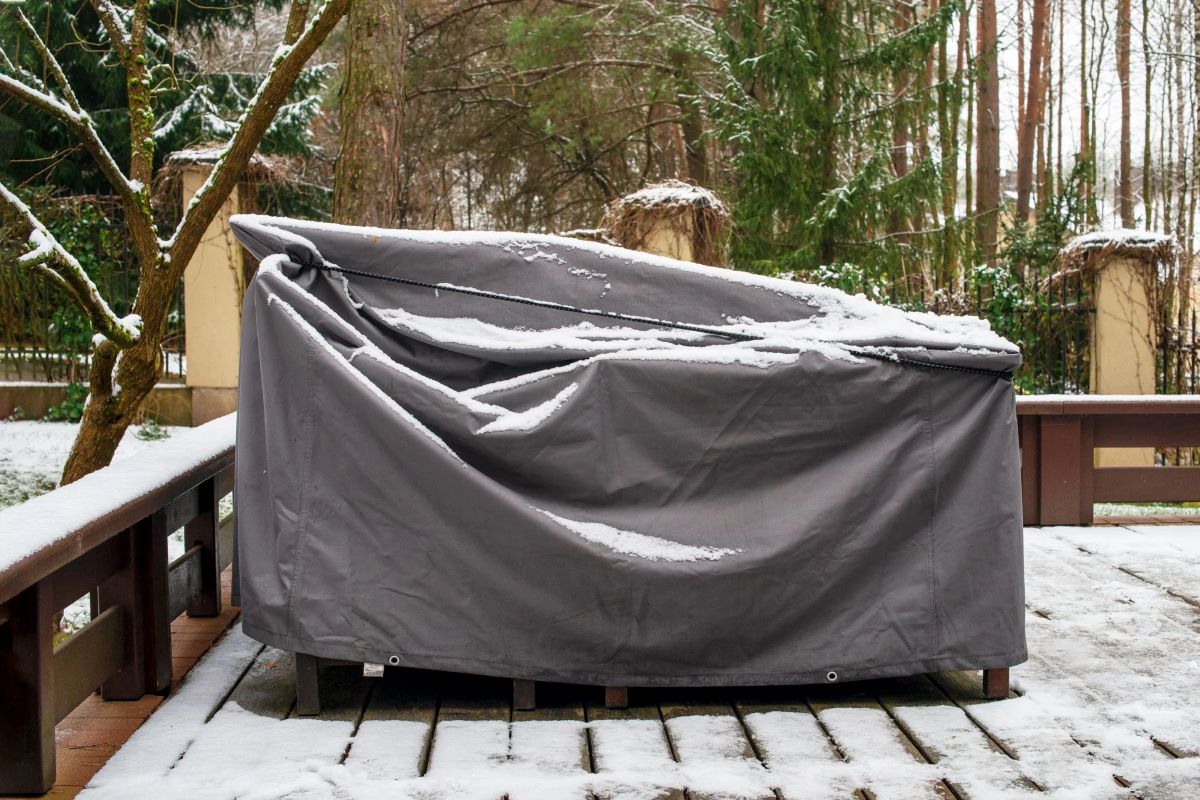

Articles
How To Store Patio Furniture In Winter
Modified: January 9, 2024
Discover helpful articles on how to properly store patio furniture during the winter season to ensure its longevity and protection against the elements.
(Many of the links in this article redirect to a specific reviewed product. Your purchase of these products through affiliate links helps to generate commission for Storables.com, at no extra cost. Learn more)
Introduction
When winter approaches, it’s time to start thinking about how to protect your patio furniture from the harsh weather conditions. Proper winter storage is essential to ensure that your furniture remains in good condition and lasts for years to come. By taking the necessary steps to store your patio furniture correctly, you can prevent damage from snow, ice, and freezing temperatures.
Whether you have a cozy outdoor sofa, a set of stylish dining chairs, or a beautiful glass-top table, winter storage is crucial to protect your investment. Not only will proper storage help maintain the appearance of your furniture, but it will also extend its lifespan, saving you money in the long run. So, let’s dive into some tips and tricks on how to store your patio furniture effectively during the winter months.
Key Takeaways:
- Proper winter storage is crucial to protect patio furniture from damage caused by freezing temperatures, snow, and moisture. Following cleaning, disassembling, and covering tips will help preserve the furniture’s condition and longevity.
- Regular maintenance during winter storage, such as periodic inspections and cleanliness, is essential to prevent potential issues and ensure patio furniture remains in optimal condition. Proper preparation for spring use, including cleaning, reassembly, and treatment application, will ensure a smooth transition back to outdoor enjoyment.
Importance of Proper Winter Storage
Proper winter storage is essential for your patio furniture because it helps prevent damage caused by the freezing temperatures, snow, and ice. When exposed to these harsh elements, your furniture can suffer from structural damage, rust, mold, and fading. Additionally, the weight of snow and ice can cause bending or breakage, especially for lightweight or fragile materials.
By taking the time to store your patio furniture correctly, you can avoid costly repairs or replacements in the future. Proper storage also helps maintain the visual appeal of your furniture, ensuring that it looks as good as new when you bring it out again in the spring. Whether you have metal, wood, or wicker furniture, following these storage tips will help preserve its beauty and longevity.
Another crucial reason for proper winter storage is to protect the cushions, fabrics, and upholstery that accompany your patio furniture. These materials are often susceptible to moisture, mold, and mildew, which can result in unpleasant odors and stains. Storing these items separately and in a controlled environment will help maintain their freshness and quality.
Furthermore, proper winter storage is not just about protecting your furniture from the elements. It’s also about maximizing the usable space in your outdoor area. By stowing away your furniture during the winter months, you can create more flexibility and freedom to enjoy other activities or utilize the space for seasonal decorations.
In summary, proper winter storage is important for a multitude of reasons. It helps protect your furniture from damage, extends its lifespan, preserves its visual appeal, and prevents issues with cushions and fabrics. By following the storage tips outlined in this guide, you can ensure your patio furniture survives the winter months and is ready to use again in the spring.
Cleaning and Preparation
Before you begin the process of storing your patio furniture for the winter, it’s important to give it a thorough cleaning. This step ensures that dirt, debris, and any accumulated grime are removed, reducing the risk of staining or damage during storage. Here are some cleaning and preparation tips to follow:
- Start by removing any cushions, pillows, or covers from your furniture. These should be cleaned separately according to their specific care instructions.
- Dust off the furniture using a soft brush or cloth to remove loose dirt and debris.
- Use a mild detergent mixed with warm water to wash the surfaces of your furniture. Avoid using harsh chemicals or abrasive cleaners, as they can cause damage to the materials.
- Rinse the furniture thoroughly with water to remove any soap residue.
- If you have metal furniture, check for any signs of rust. Use a rust remover or sandpaper to remove any existing rust before storing. Apply a rust-resistant coating for added protection.
- For wood furniture, you may need to apply a fresh coat of protective sealant or paint to ensure its longevity.
Once your furniture is clean and dry, it’s time to take some additional preparation steps before storage:
- Disassemble any removable parts, such as table legs or umbrella stands, for easier storage.
- Wrap and secure any loose or movable parts to prevent them from getting damaged during storage.
- Take measurements of your furniture to ensure it will fit through doorways and into your chosen storage location.
By cleaning and preparing your patio furniture before storage, you can help maintain its condition and prevent any potential damage that may occur during the winter months.
Disassembling Furniture
Disassembling your patio furniture is an important step in preparing it for winter storage. By disassembling the furniture, you can save space, prevent damage, and make the storage process more manageable. Here are some tips on how to effectively disassemble your furniture:
- Refer to the manufacturer’s instructions: If available, consult the manufacturer’s instructions for disassembling your specific furniture. These instructions will provide you with guidance on how to properly take apart the different components.
- Gather the necessary tools: Before you begin disassembling, gather the appropriate tools, such as screwdrivers, wrenches, or Allen keys, depending on the type of furniture you have. Having the right tools on hand will make the task easier and more efficient.
- Remove any cushions or fabric covers: If your furniture has removable cushions or fabric covers, take them off and store them separately. Clean them according to the manufacturer’s instructions, and make sure they are completely dry before storing them.
- Detach legs, arms, or other removable parts: Carefully remove any legs, arms, or other detachable parts from your furniture. Use the appropriate tools to unscrew or detach these components in a systematic manner. Keep all the screws, bolts, or other fasteners in a labeled bag to ensure you can easily reassemble the furniture later.
- Fold or collapse folding furniture: If you have folding chairs, tables, or loungers, follow the manufacturer’s instructions on how to properly fold or collapse them. Secure any latches or clasps to keep them in the folded position.
- Store disassembled parts together: To avoid misplacing any pieces, store the disassembled parts together. Consider using plastic bags or clearly labeled boxes to keep everything organized and easily accessible when it’s time to reassemble the furniture.
Disassembling your patio furniture will not only make it easier to store but will also help protect it from damage. By following these steps, you can ensure that your furniture is properly prepared for its winter hibernation.
Choosing the Right Storage Location
Once your patio furniture is cleaned, disassembled, and ready for storage, the next important step is to select an appropriate storage location. Choosing the right storage location will ensure that your furniture remains safe, dry, and protected throughout the winter months. Here are some factors to consider when choosing a storage location:
- Indoor or covered storage space: Whenever possible, it’s best to store your patio furniture indoors. An unused garage, basement, or storage shed can provide the ideal environment for protecting your furniture from the elements. If indoor storage isn’t available, consider covering the furniture with a tarp or using a weatherproof storage container.
- Avoid damp or humid areas: Moisture is one of the biggest enemies of patio furniture during storage. Avoid storing your furniture in areas that are prone to high humidity, such as basements with water leaks or areas without proper ventilation. Moisture can lead to mold, mildew, and rust, causing significant damage to your furniture.
- Protection from extreme temperatures: Extreme temperatures can also be detrimental to your patio furniture. Avoid storing it in areas that experience extreme heat or cold, as this can cause warping, cracking, or fading of the materials. If storing outdoors is the only option, consider using furniture covers or tarps to provide some protection.
- Adequate space for storage: Ensure that the storage location has enough space to accommodate all of your furniture pieces. Avoid overcrowding, as this can lead to damage from items rubbing against each other or falling over. Adequate space will make it easier to access and retrieve your furniture when the winter season ends.
- Pest control measures: Take precautions against pests, such as mice or insects, that could damage your furniture during storage. This may include sealing any potential entry points, using pest deterrents, or inspecting the storage area regularly for signs of infestation.
When selecting a storage location, it’s important to consider both the physical conditions and the convenience of access. Choose a location that offers the best protection against the elements while also being easily accessible when you need to retrieve the furniture for use in the spring.
By choosing the right storage location, you can ensure that your patio furniture remains in good condition and is ready to be enjoyed again when the warmer weather arrives.
To store patio furniture in winter, clean and dry the pieces thoroughly, then cover or store them in a dry, sheltered area to prevent damage from snow, ice, and moisture.
Covering and Protecting Furniture
Even if you store your patio furniture indoors or in a covered area, it’s still important to provide an extra layer of protection by covering it. Covering your furniture helps shield it from dust, dirt, and any potential damage during storage. Here are some tips on how to effectively cover and protect your furniture:
- Choose weatherproof covers: Invest in high-quality, weatherproof covers specifically designed for patio furniture. Look for covers made from durable materials that are resistant to water, UV rays, and mildew. Ensure that the covers are the right size to adequately fit and protect each piece of furniture.
- Cover the furniture completely: Use covers that can fully encase your furniture, including tables, chairs, and other accessories. This will provide optimal protection against dust, moisture, and insects. Make sure the covers are securely fastened to prevent them from blowing off or shifting during winter storms.
- Avoid plastic covers: While plastic covers may seem like a cost-effective option, they can trap moisture and promote mold growth. Instead, opt for breathable covers that allow air circulation, preventing condensation and the build-up of humidity.
- Use additional protection for certain materials: If you have delicate or sensitive materials, such as teak or wicker, consider adding an extra layer of protection. Place a soft cloth or bubble wrap around the furniture before covering it to prevent any scratches or damage.
- Remove covers periodically: While it’s important to keep your furniture covered throughout the winter, it’s also beneficial to remove the covers periodically to check for any signs of moisture or pests. This will allow you to address any issues promptly and ensure that your furniture remains in good condition.
In addition to covering your furniture, consider using other protective measures, such as furniture pads or cushions, to prevent any potential damage from items shifting or banging against each other during storage. Taking these extra precautions will help ensure that your furniture remains in pristine condition and is ready for use once winter is over.
Storing Cushions and Fabrics
In addition to properly storing your patio furniture, it’s crucial to give proper attention to storing the cushions and fabrics that accompany your outdoor seating. Cushions and fabrics are often susceptible to moisture and can quickly develop mold or mildew if not stored correctly. Here are some tips on how to store cushions and fabrics effectively:
- Clean and dry: Before storing your cushions and fabrics, make sure they are thoroughly cleaned and completely dry. Follow the manufacturer’s instructions for cleaning each specific fabric type. This will help prevent any stains or odors from setting in during storage.
- Store in a sealed container: To protect cushions and fabrics from moisture, store them in airtight, waterproof containers. Alternatively, you can use vacuum-sealed bags to minimize the space they occupy and create a barrier against humidity.
- Avoid stacking or compressing too tightly: When storing cushions, avoid stacking them on top of each other or compressing them too tightly. This can lead to deformities or creases that are difficult to remove when it’s time to use them again.
- Separate layers with fabric or sheets: To prevent the cushions from sticking together, place a layer of fabric or old sheets between each cushion. This will help maintain their shape and condition.
- Consider storing cushions indoors: If you have sufficient space, it’s beneficial to store your cushions indoors during the winter. This provides the best protection against moisture and pests while allowing for easier access when you want to use them again.
- Store in a cool, dry area: Regardless of whether you store your cushions indoors or in a storage shed, make sure the location is cool, dry, and well-ventilated. Moisture and high humidity levels can lead to mold growth and unpleasant odors.
- Check periodically: Even when properly stored, it’s a good idea to periodically check on your cushions and fabrics. Inspect them for any signs of moisture, pests, or damage. Take appropriate actions if any issues are detected.
By giving proper attention to storing your cushions and fabrics, you can ensure that they remain in good condition and are ready for use when the warmer months return. With proper care, your cushions will provide you with comfort and enjoyment season after season.
Maintenance Tips during Winter Storage
While your patio furniture is in storage during the winter months, it’s important to take certain maintenance steps to ensure its continued protection and longevity. By following these maintenance tips, you can minimize the risk of damage and make sure your furniture is in great shape when it’s time to bring it out again in the spring:
- Inspect periodically: Check on your stored furniture periodically to ensure that it remains in good condition. Look for signs of moisture, pests, or any other potential issues. Address any problems immediately to prevent further damage.
- Keep the storage area clean: Maintain cleanliness in the storage area by keeping it free from dust, dirt, and debris. Regularly sweep or vacuum the area to prevent any buildup that could potentially damage your furniture.
- Ensure proper ventilation: Good ventilation is crucial to prevent moisture buildup and mold growth. If you’re storing your furniture in an enclosed space, ensure there is proper airflow. Consider using a dehumidifier or moisture absorber if necessary.
- Monitor the temperature: Keep an eye on the temperature in the storage area to ensure it remains within a suitable range. Extreme temperatures can cause damage to certain materials like plastic or wood. If necessary, use a thermometer to monitor the temperature.
- Inspect furniture covers: Check the condition of your furniture covers periodically. Look for signs of wear and tear or any damage that could compromise their effectiveness. Replace or repair covers as needed to ensure optimal protection.
- Address any repairs promptly: If you notice any damage or issues with your stored furniture, such as loose screws, broken parts, or fraying fabric, address the repairs promptly. Waiting until spring to fix these problems may result in further damage.
- Reapply protective treatments: If your furniture requires protective treatments, such as sealants or coatings, check if they need to be reapplied during the winter months. Follow the manufacturer’s recommendations to maintain the integrity of the materials.
By implementing these maintenance tips during winter storage, you can prevent potential problems and ensure that your patio furniture remains in top condition. Regular monitoring and maintenance will help preserve the durability and aesthetics of your furniture, allowing it to be enjoyed for many seasons to come.
Preparing for Spring Use
As the winter season comes to an end, it’s time to start preparing your patio furniture for spring use. Properly getting your furniture ready will ensure a smooth transition from storage to outdoor enjoyment. Here are some essential steps to follow when preparing your furniture for spring:
- Clean and inspect: Start by thoroughly cleaning your furniture to remove any dust, dirt, or debris accumulated during storage. Use a mild detergent and warm water to wash surfaces, and rinse well. Inspect each piece for any signs of damage or wear that may have occurred while in storage.
- Reassemble and tighten: If you disassembled your furniture for storage, now is the time to reassemble it. Use the labeled bags of screws, bolts, or fasteners to ensure everything fits back together securely. Check and tighten all connections to ensure stability.
- Replace damaged parts or cushions: If you discover any damaged parts, such as broken slats or ripped fabric, it’s important to replace them before using the furniture. This will prevent further damage and ensure safety and comfort.
- Apply necessary treatments: Depending on the type of furniture you have, you may need to apply protective treatments. This could include oiling wood furniture, sealing metal surfaces, or applying a fresh coat of paint or varnish. Follow the manufacturer’s instructions for the specific treatments required for your furniture.
- Clean and fluff cushions: If you stored cushions separately, now is the time to bring them out and give them a thorough cleaning. Remove any covers and wash them according to the manufacturer’s instructions. Once clean and dry, fluff the cushions to restore their original shape and comfort.
- Check for pests: Inspect your furniture for any signs of pests, such as spider webs or rodent droppings. If you notice any infestation, take appropriate measures to address the issue before using the furniture.
- Arrange furniture in desired layout: Plan and arrange your patio furniture in the desired layout for the upcoming season. Consider the flow of the space and create a comfortable and inviting environment for outdoor gatherings and relaxation.
By following these steps to prepare your furniture for spring use, you can ensure that it is in excellent condition and ready to provide you with comfort and enjoyment during the warmer months. Taking the time to properly care for your furniture will help extend its lifespan and maintain its beauty season after season.
Read more: How To Store Patio Furniture
Conclusion
Properly storing your patio furniture during the winter months is crucial to protect your investment and ensure its longevity. By following the steps outlined in this article, you can avoid damage caused by freezing temperatures, snow, ice, and moisture. From cleaning and preparation to disassembling, choosing the right storage location, covering and protecting your furniture, and storing cushions and fabrics, each step plays a vital role in preserving the condition of your outdoor furniture.
Remember to periodically check on your stored furniture, maintain cleanliness in the storage area, and address any repairs promptly. By taking these maintenance measures, you can prevent potential issues and ensure your furniture stays in optimal condition throughout the winter months.
As spring arrives, it’s time to transition your furniture back into use. Clean and inspect each piece, reassemble if necessary, and replace any damaged parts or cushions. Apply necessary treatments and give your cushions a fresh cleaning and fluffing. With these steps completed, you can arrange your furniture in your desired layout and begin enjoying your outdoor space once again.
By caring for your patio furniture with proper winter storage and maintenance, you can extend its lifespan, protect your investment, and continue creating beautiful memories in your outdoor living space for years to come.
Frequently Asked Questions about How To Store Patio Furniture In Winter
Was this page helpful?
At Storables.com, we guarantee accurate and reliable information. Our content, validated by Expert Board Contributors, is crafted following stringent Editorial Policies. We're committed to providing you with well-researched, expert-backed insights for all your informational needs.
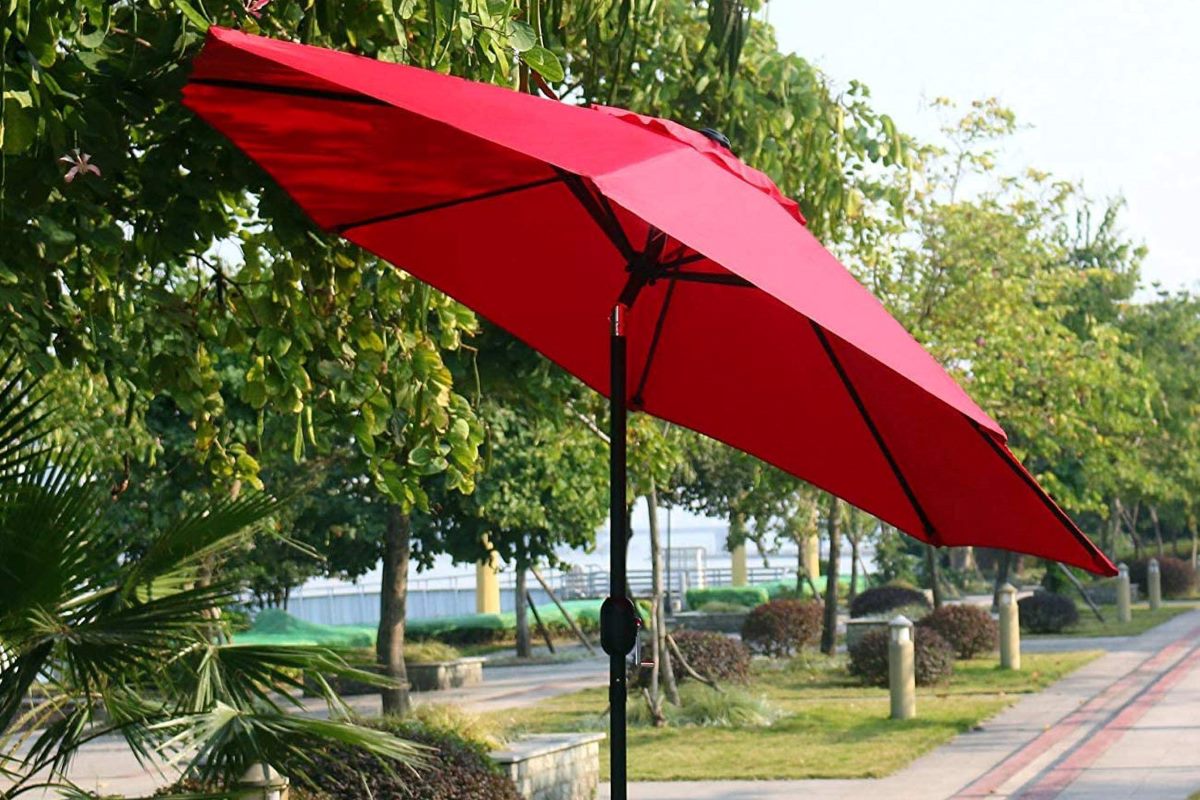
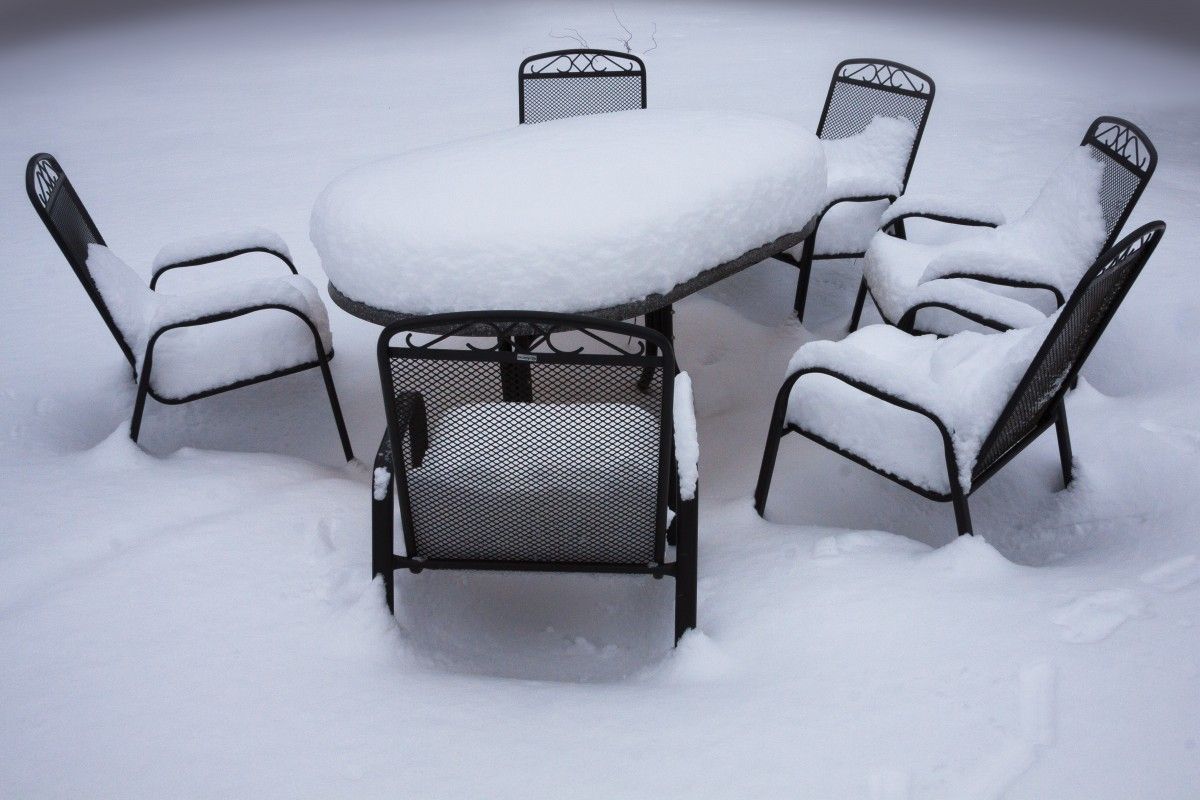
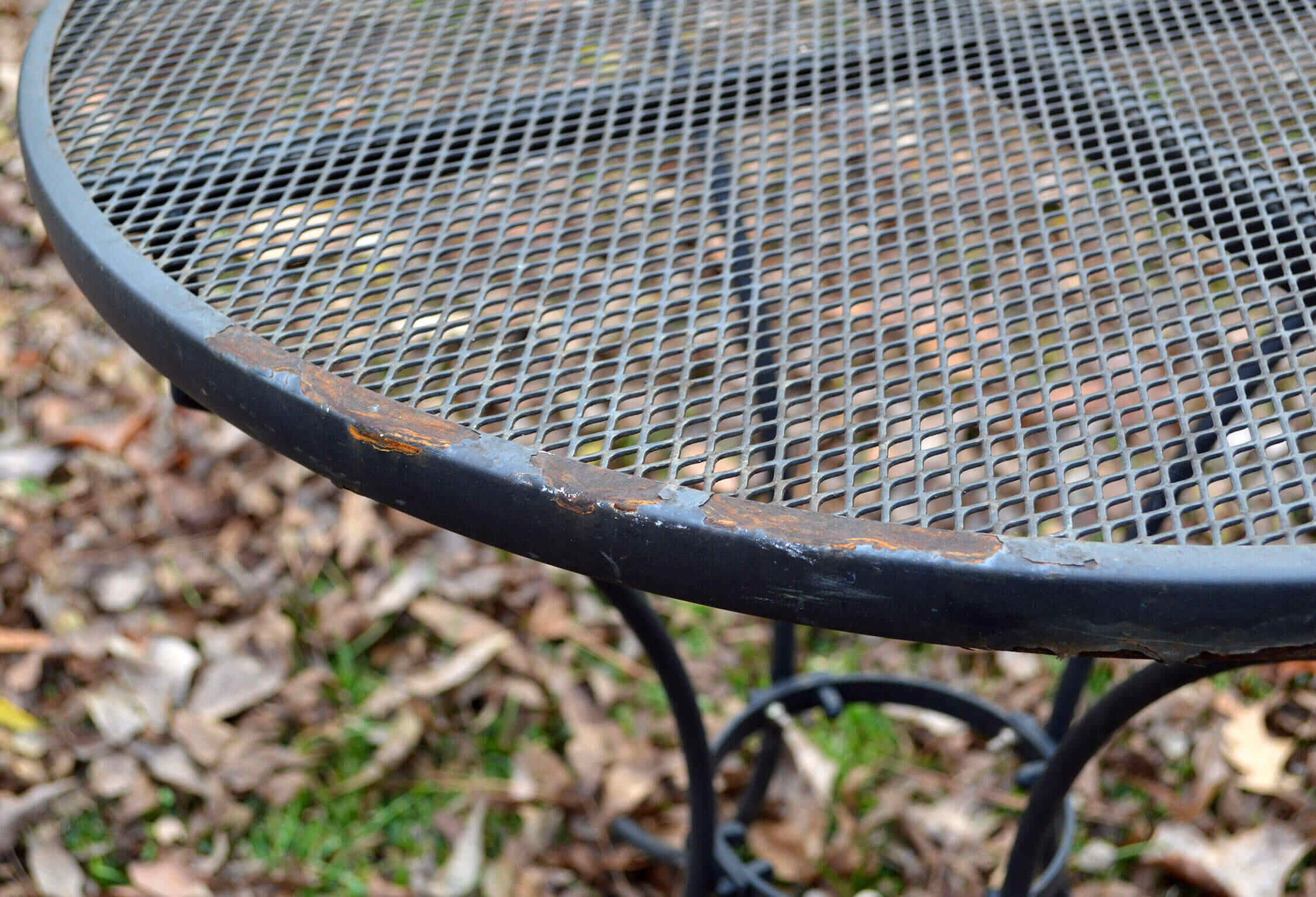
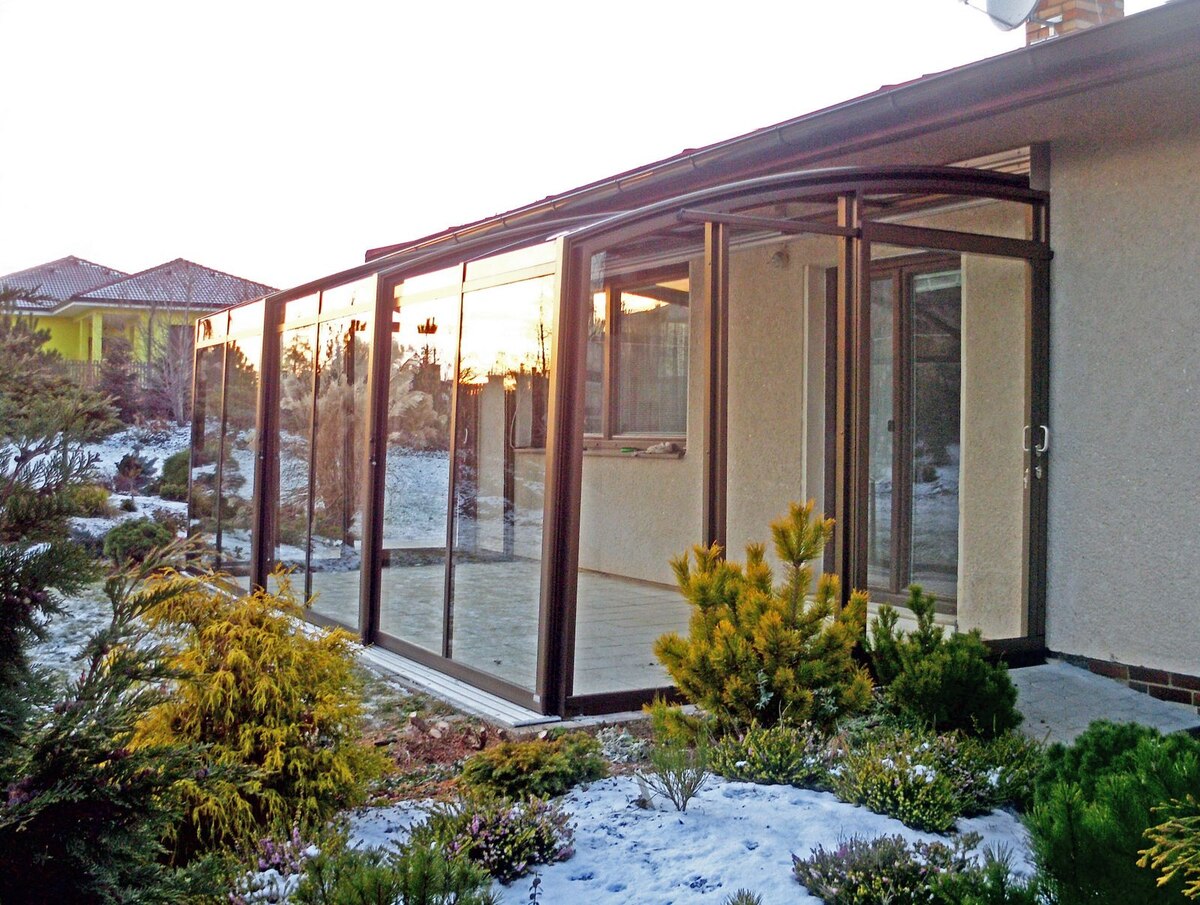
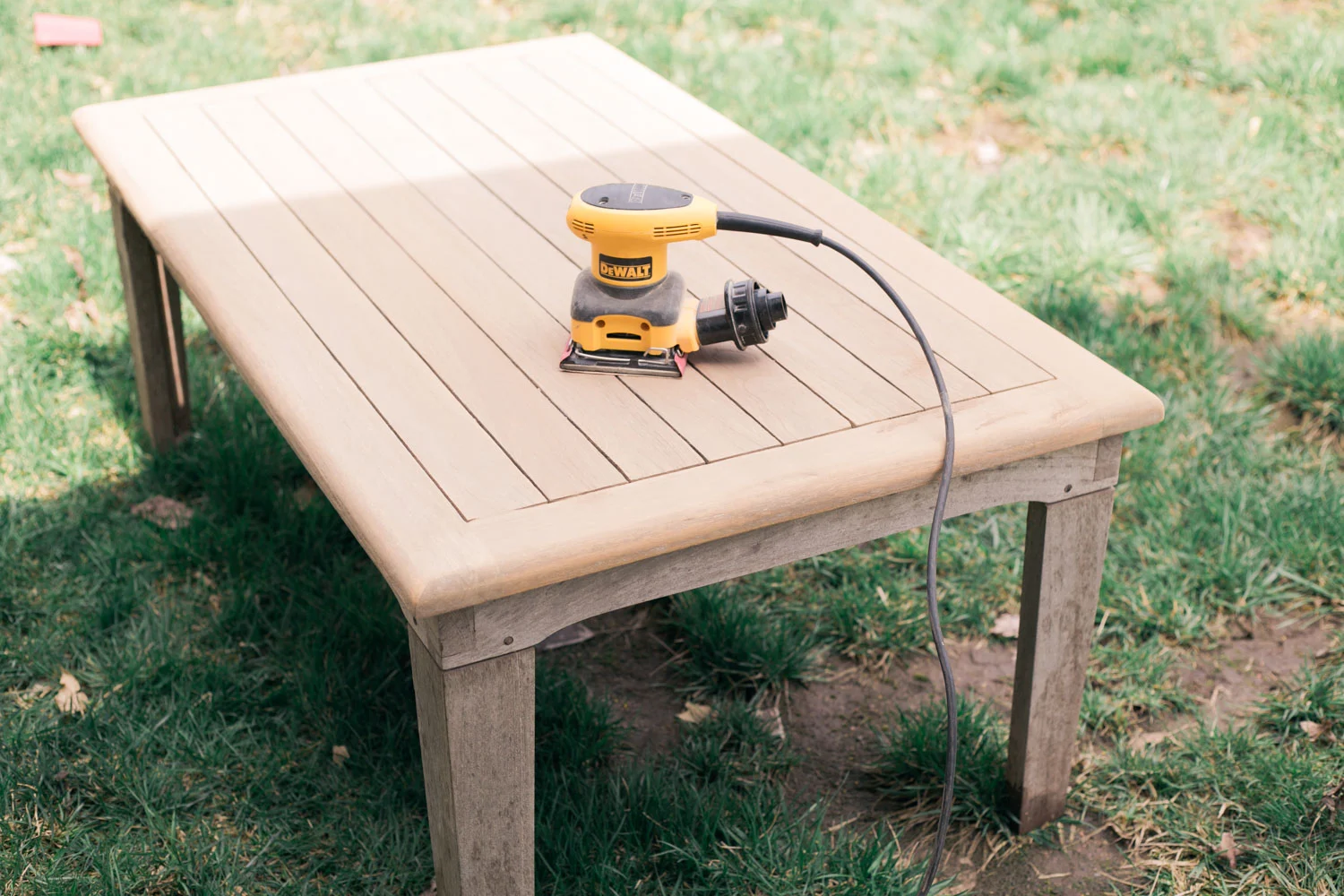
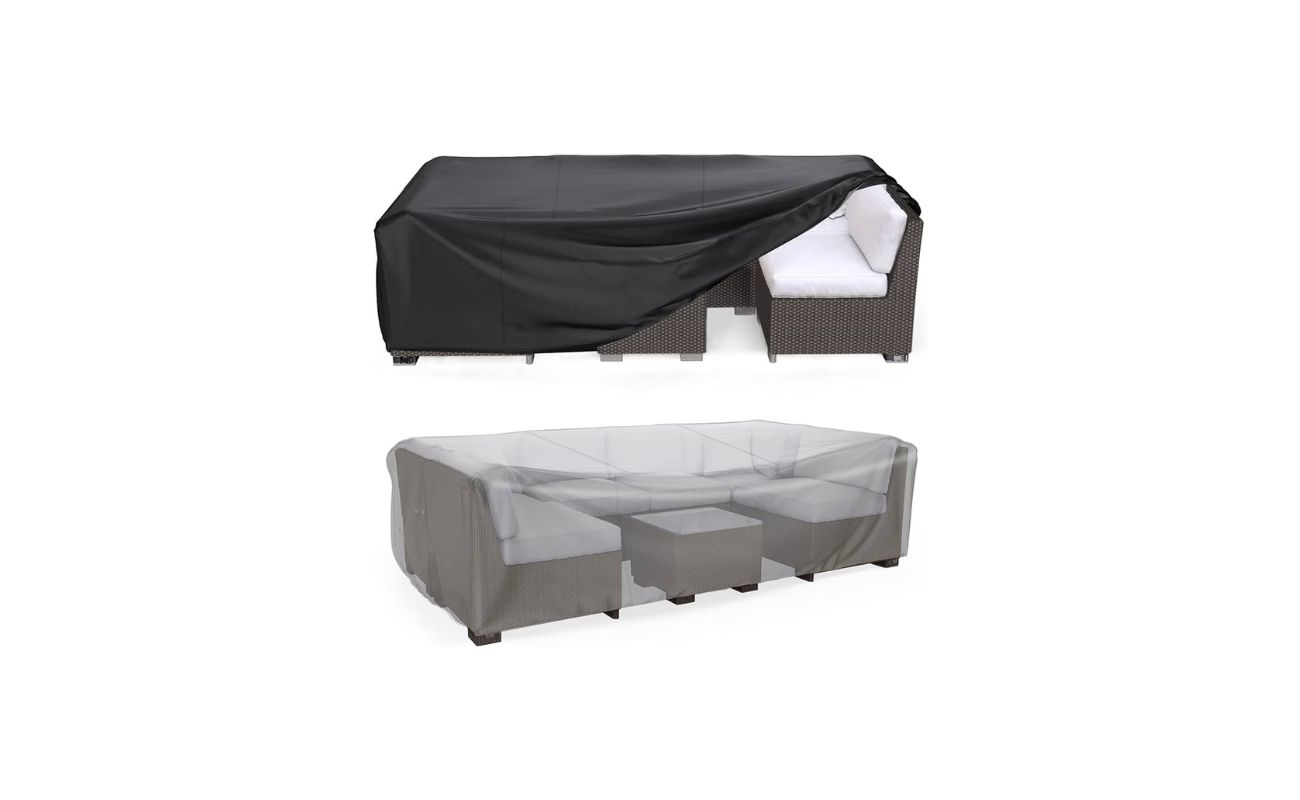

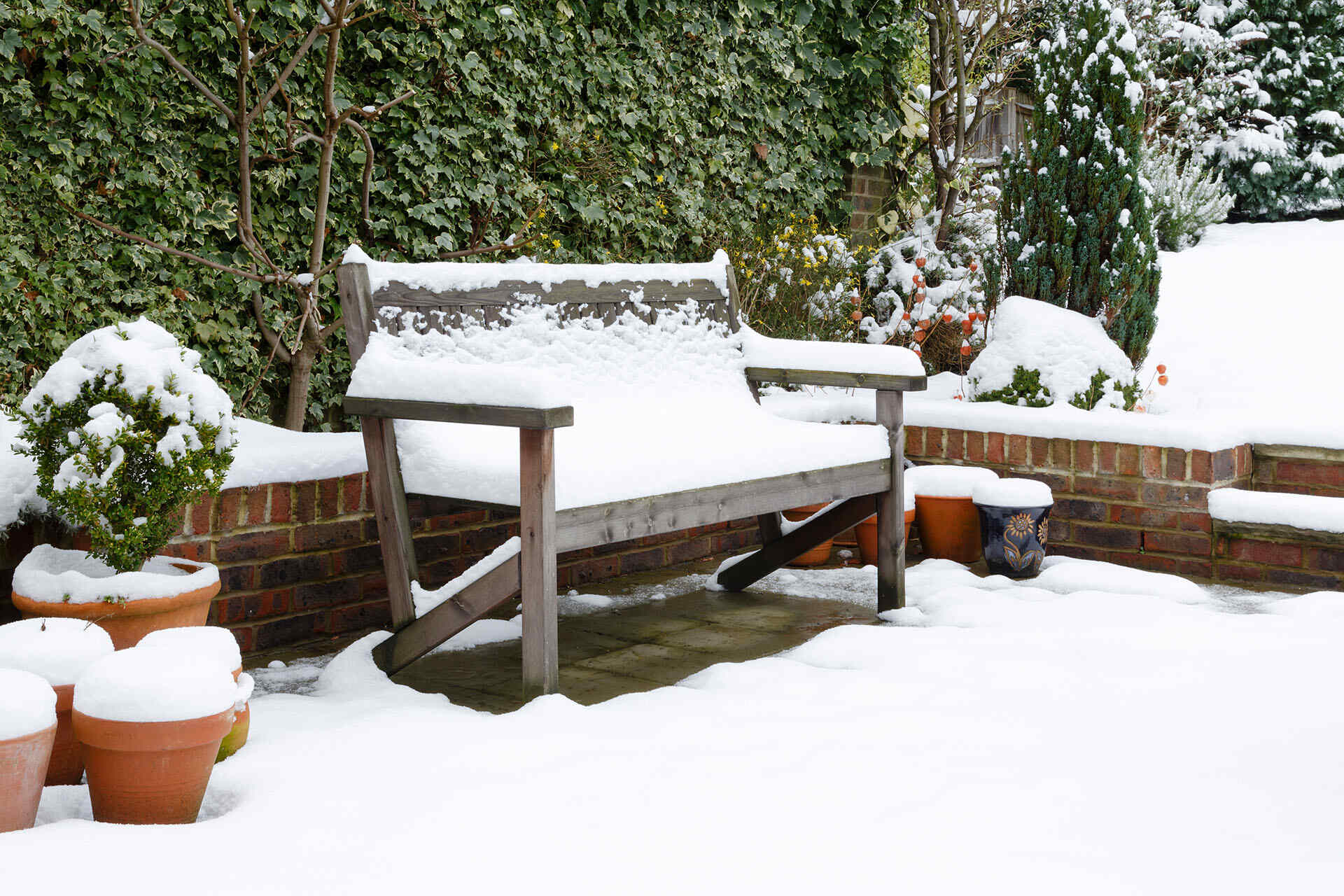
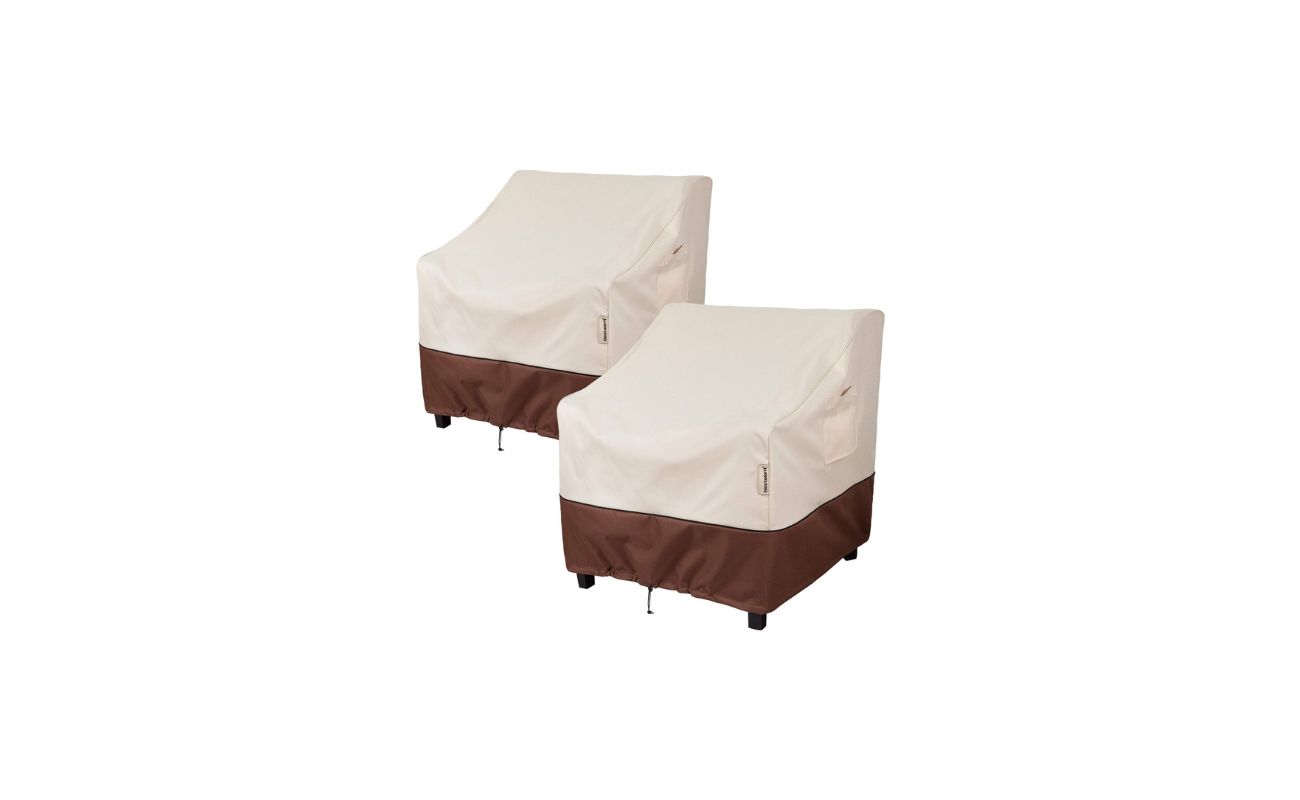
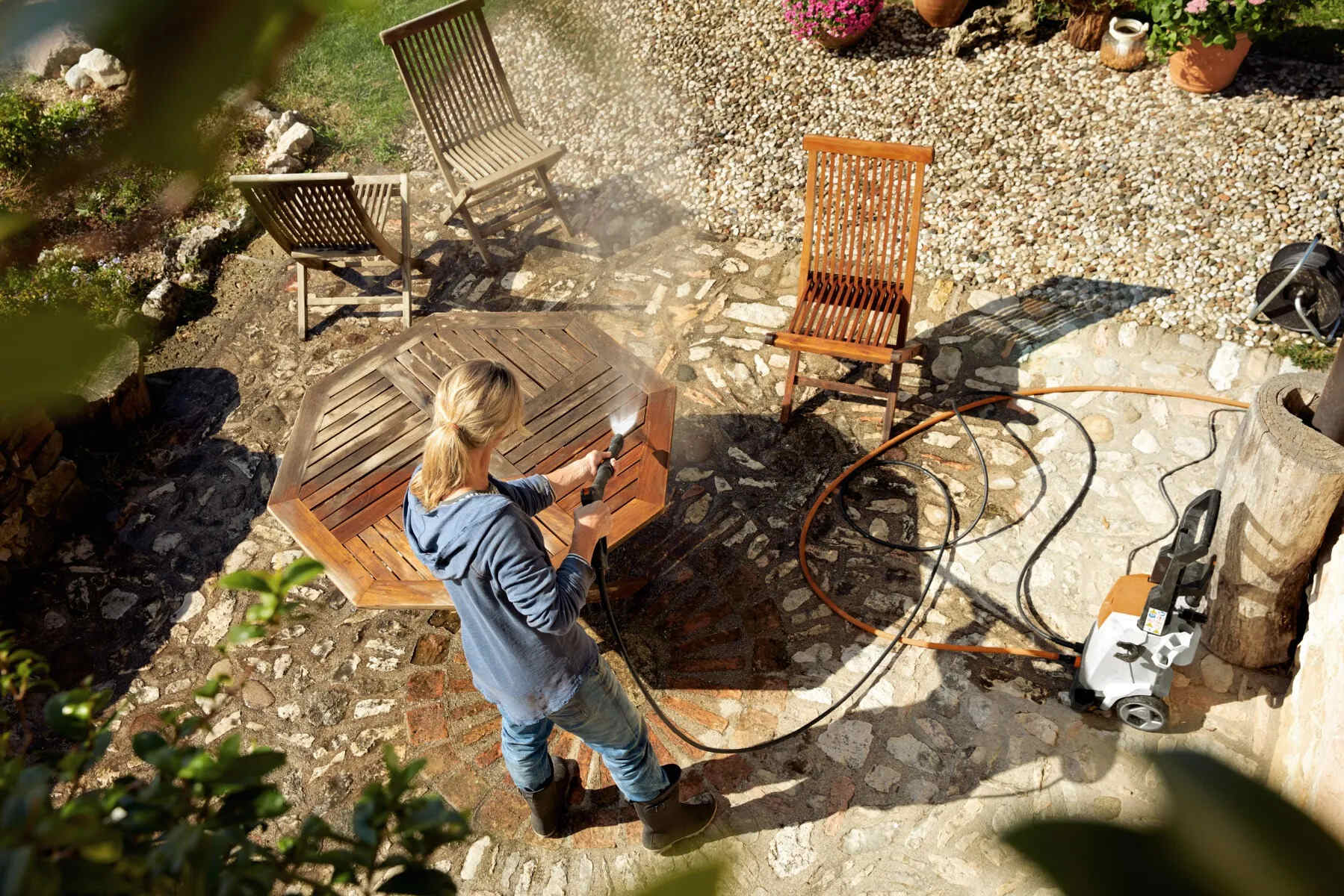

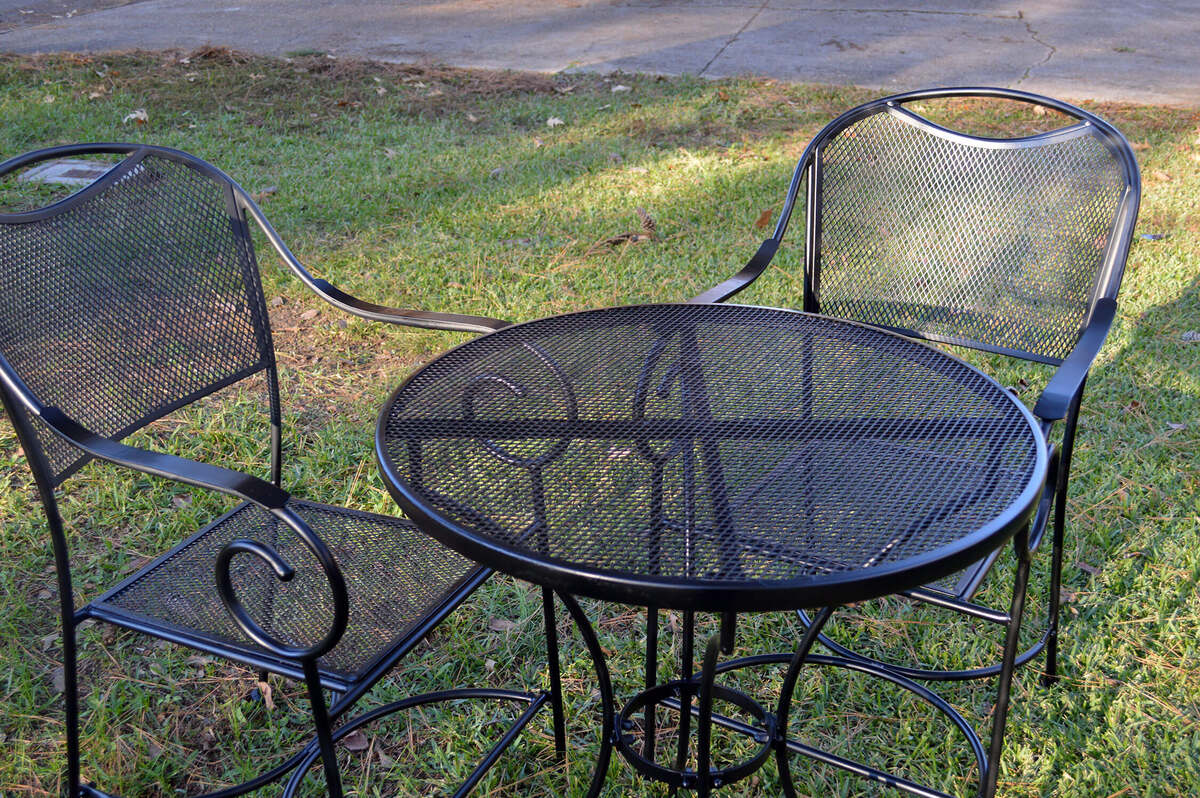
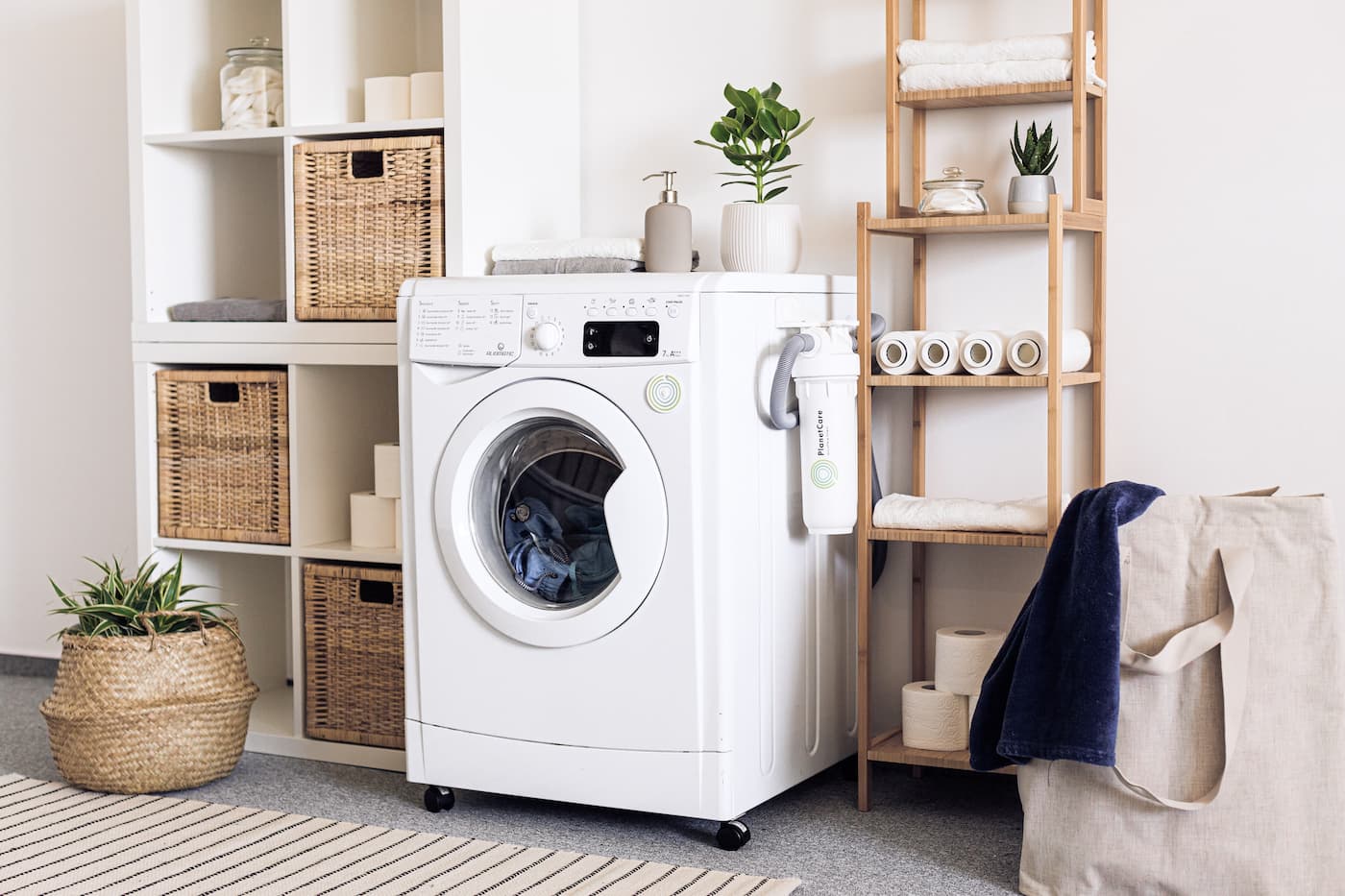

0 thoughts on “How To Store Patio Furniture In Winter”